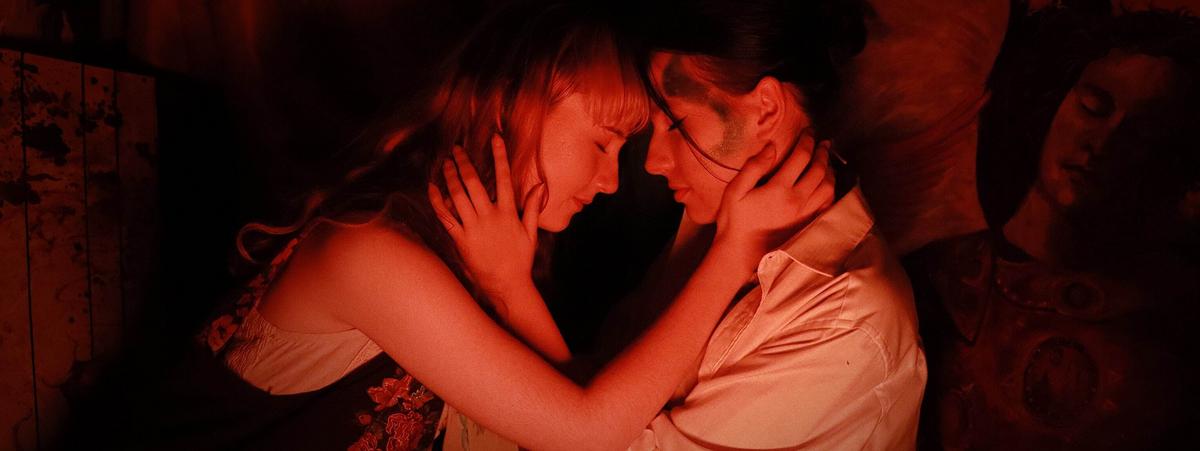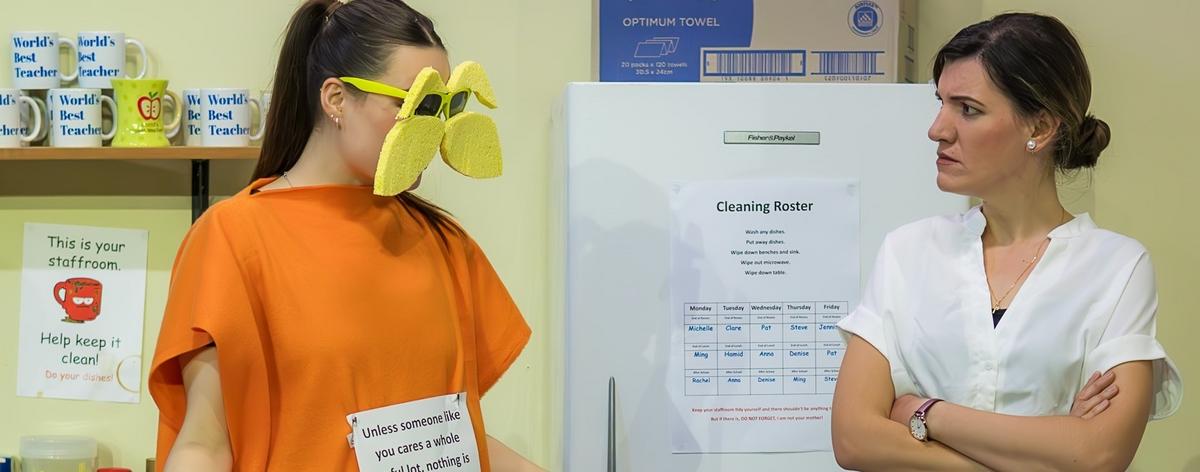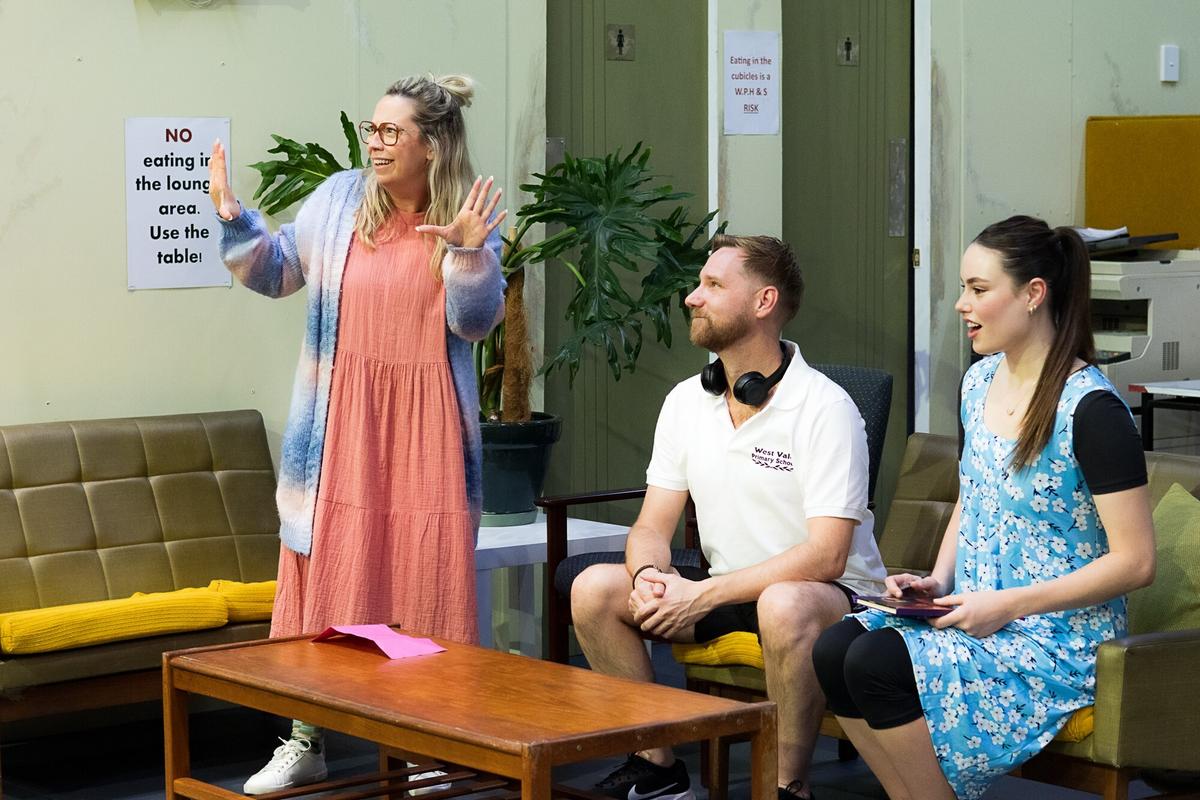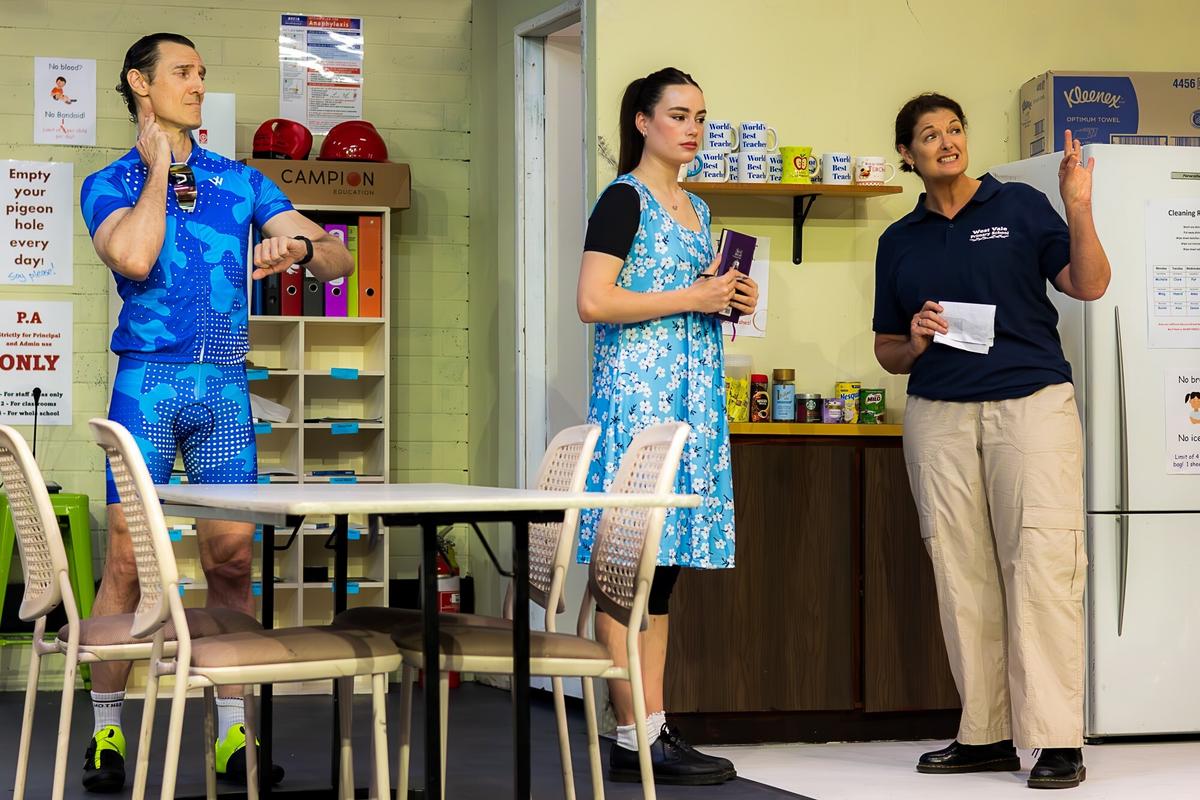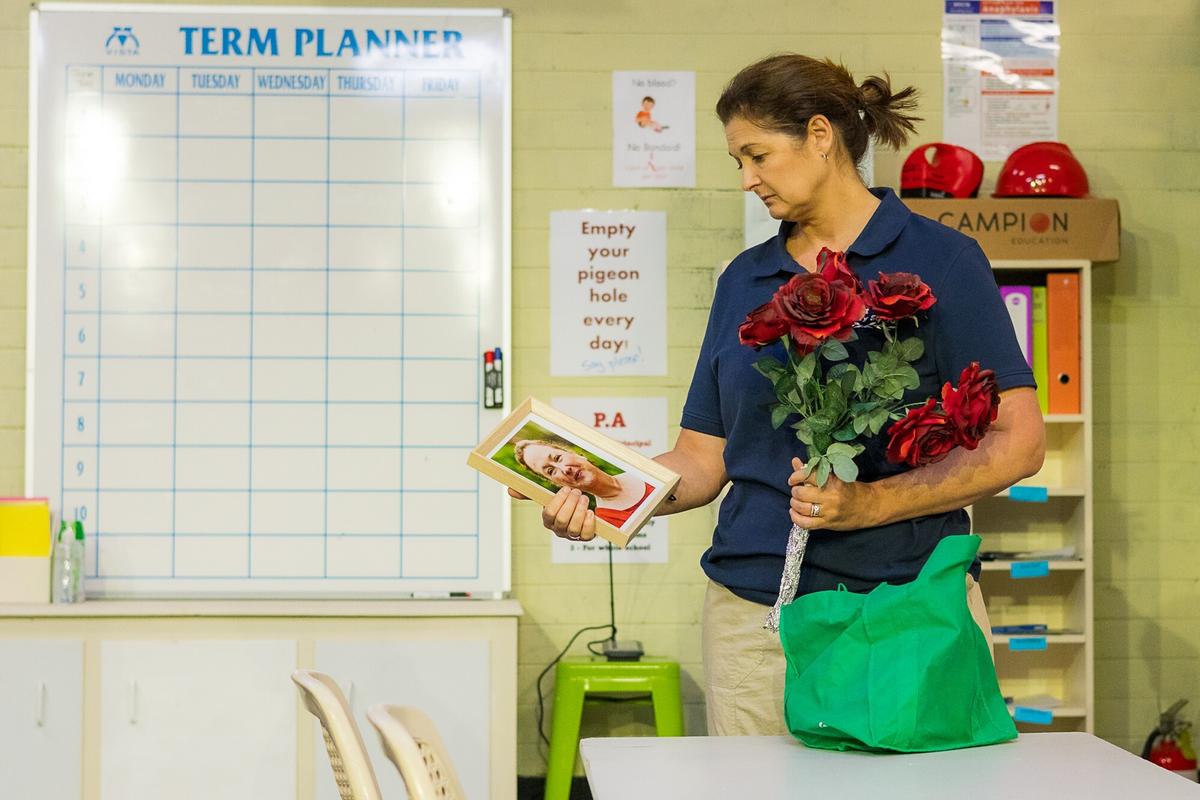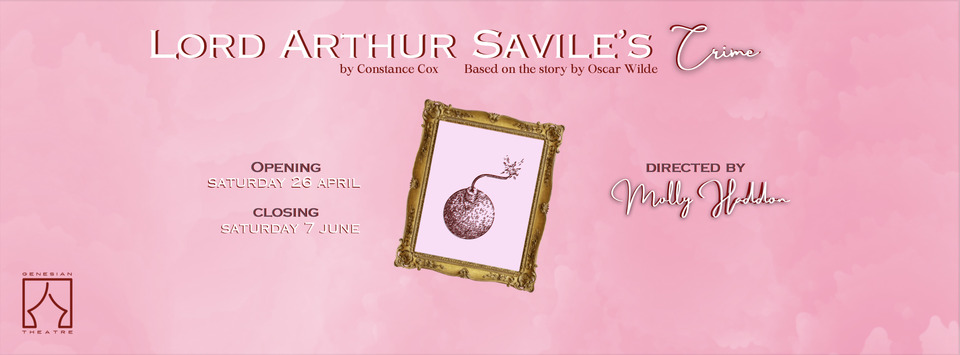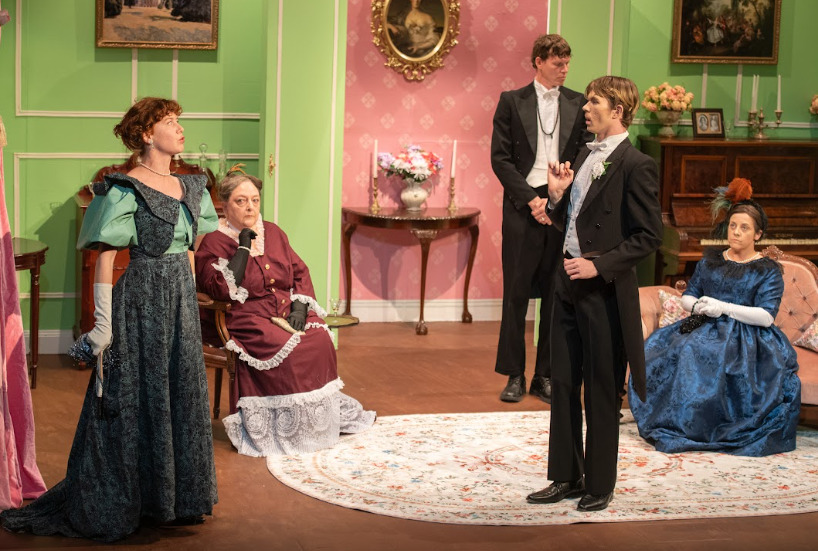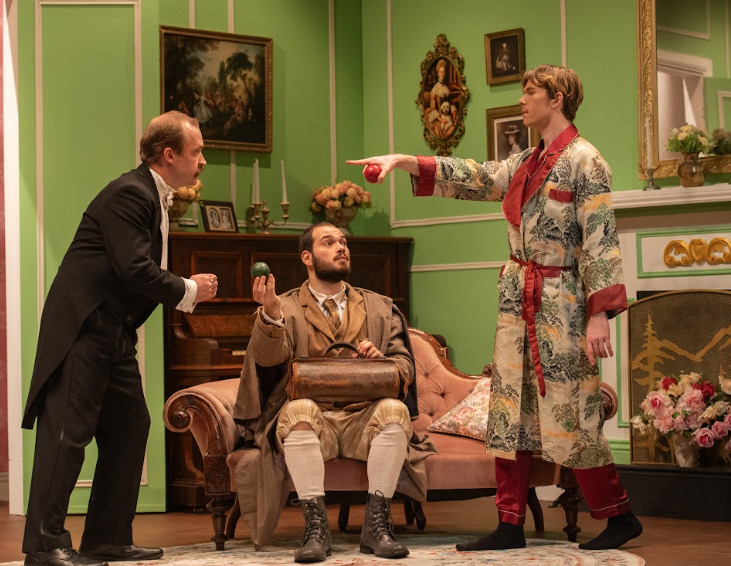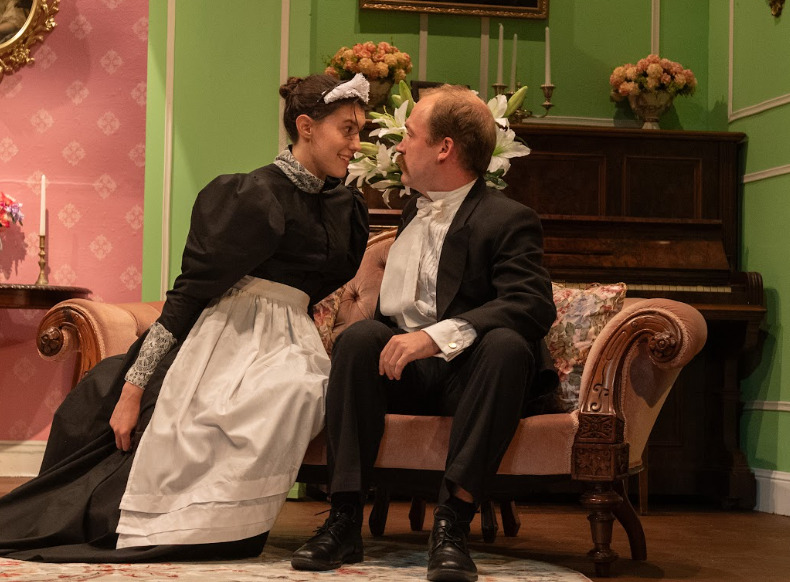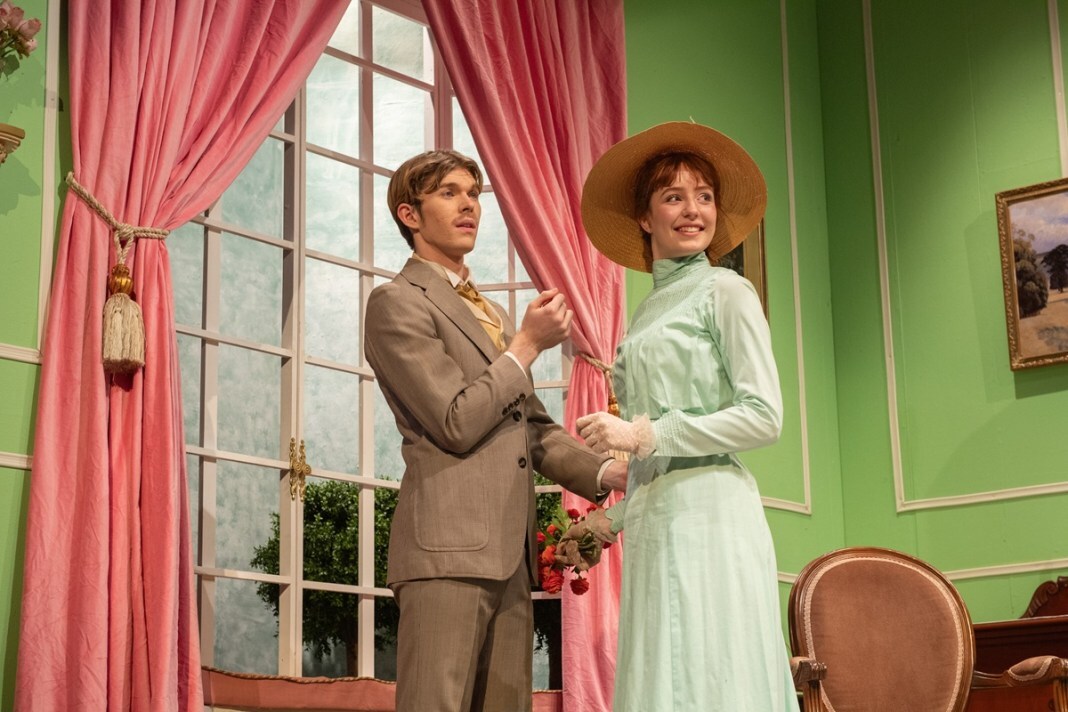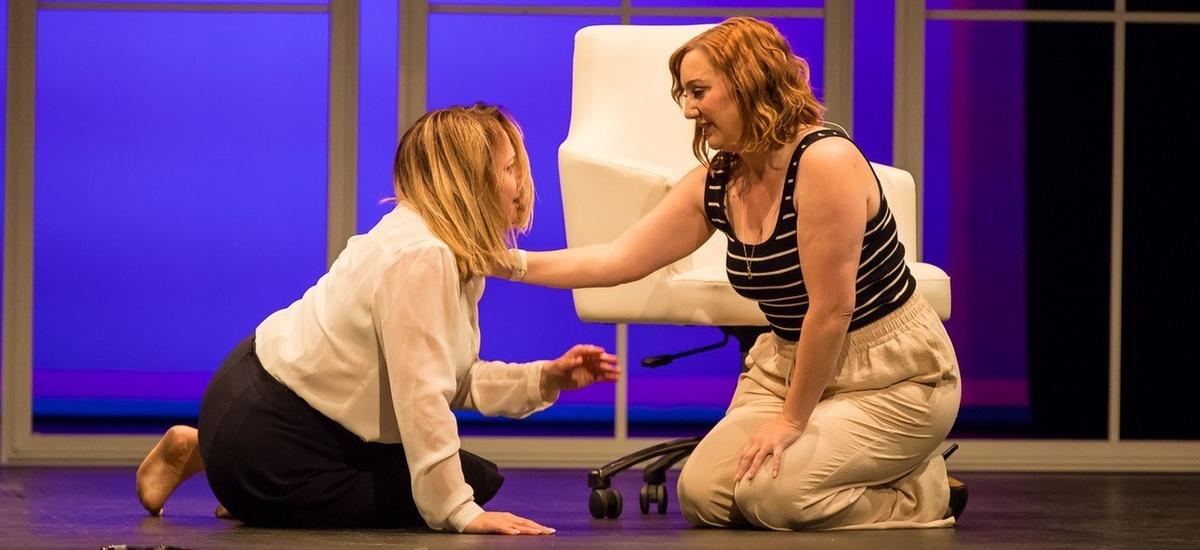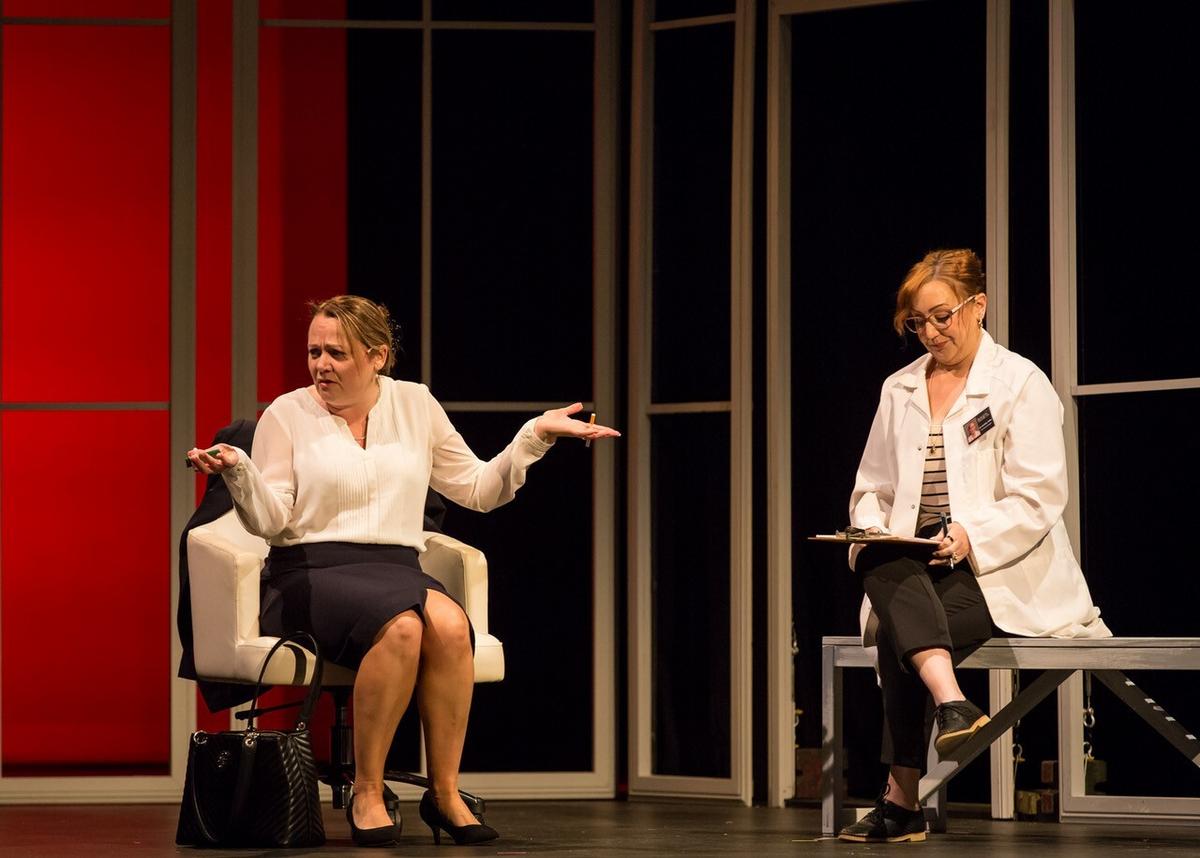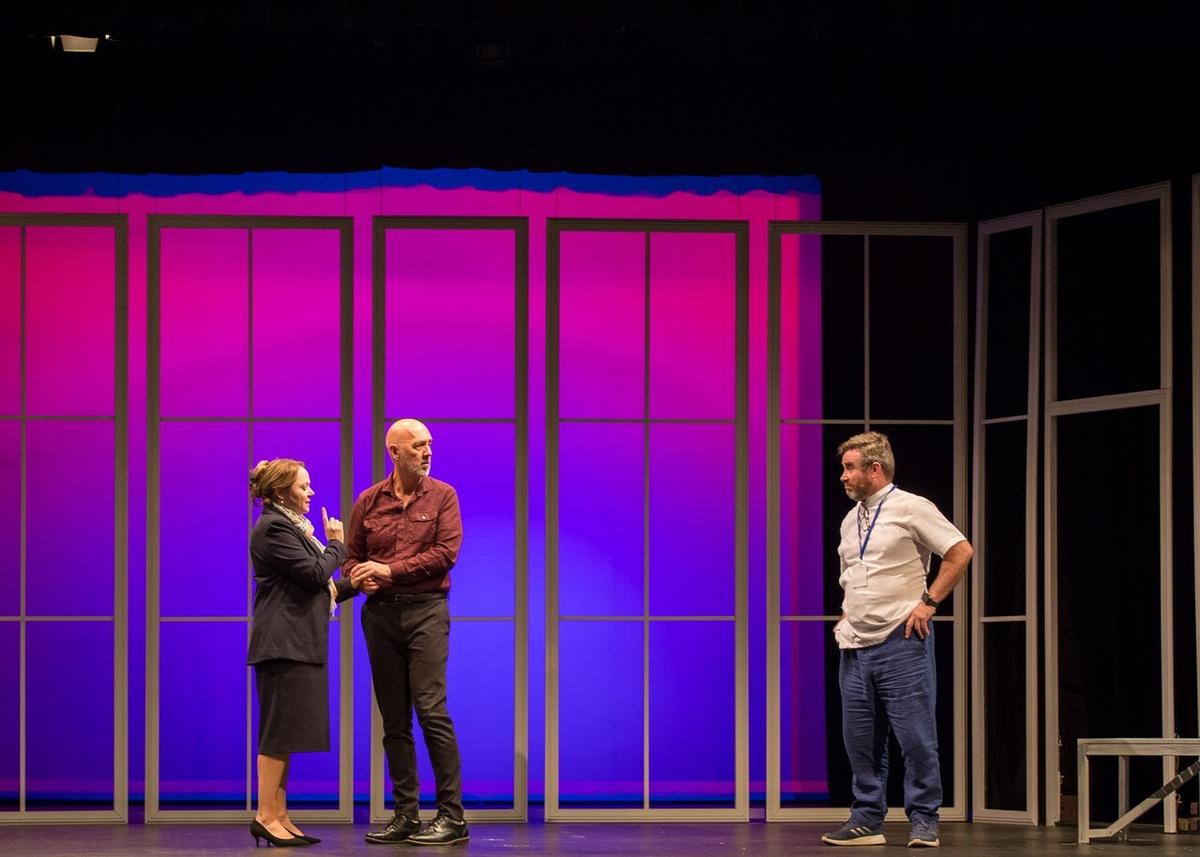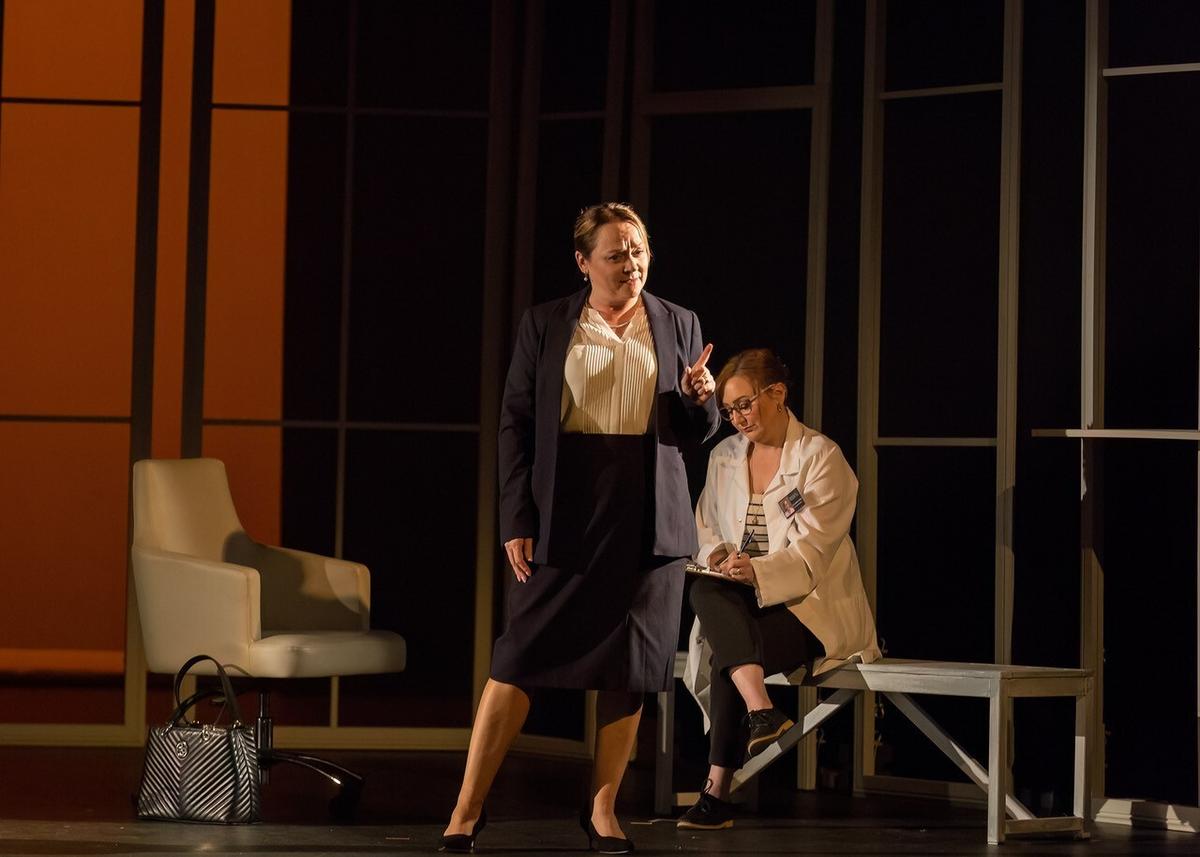‘Cosa Vedranno’ is a Bearfoot Theatre original production and with the first three performances completely SOLD OUT, it is clearly evident that people are intrigued and hotly discussing this new original and thought provoking play. Bearfoot Theatre specialises in original productions and is the leading queer theatre company in the Hunter Region. They are a not for profit company with a mission for producing relevant theatre productions that challenge their audiences.
‘Cosa Vedranno’ was written, produced, directed, and choreographed by the extremely multi-talented Zippie Tiffenright. It is Zippie’s first full-length play and certainly a successful beginning to a long and rewarding career. I greatly anticipate Zippie’s future productions.
‘Cosa Vedranno’ was performed in an immersive art space – The Owens Collective. Upon entering, I was captivated by the incredible and plentiful artworks, displayed on every wall in the quaint, cosy space. This perfectly sets the mood and scene for what the audience is about to behold and experience. I greatly appreciated the immense talent and effort that contributed to these fabulous artworks, including portraits of the four main characters: Lisa, Vinnie, Angelo and Isla.
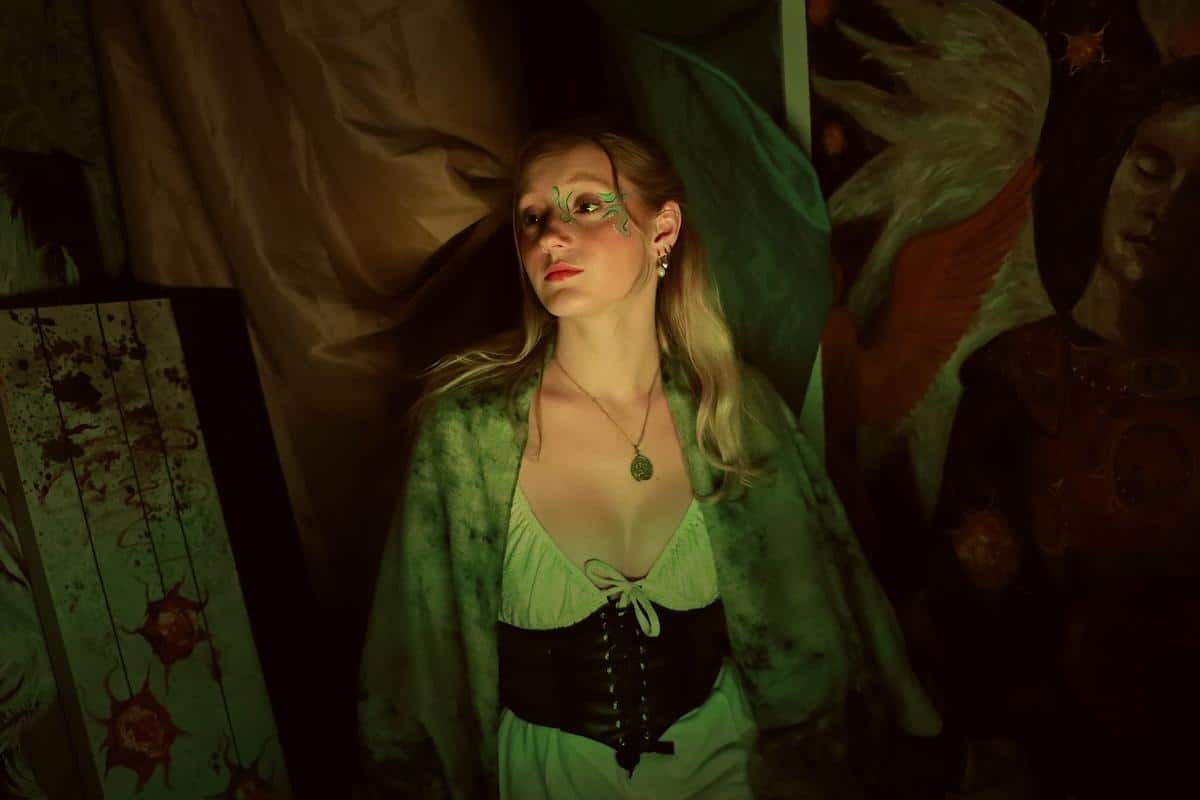
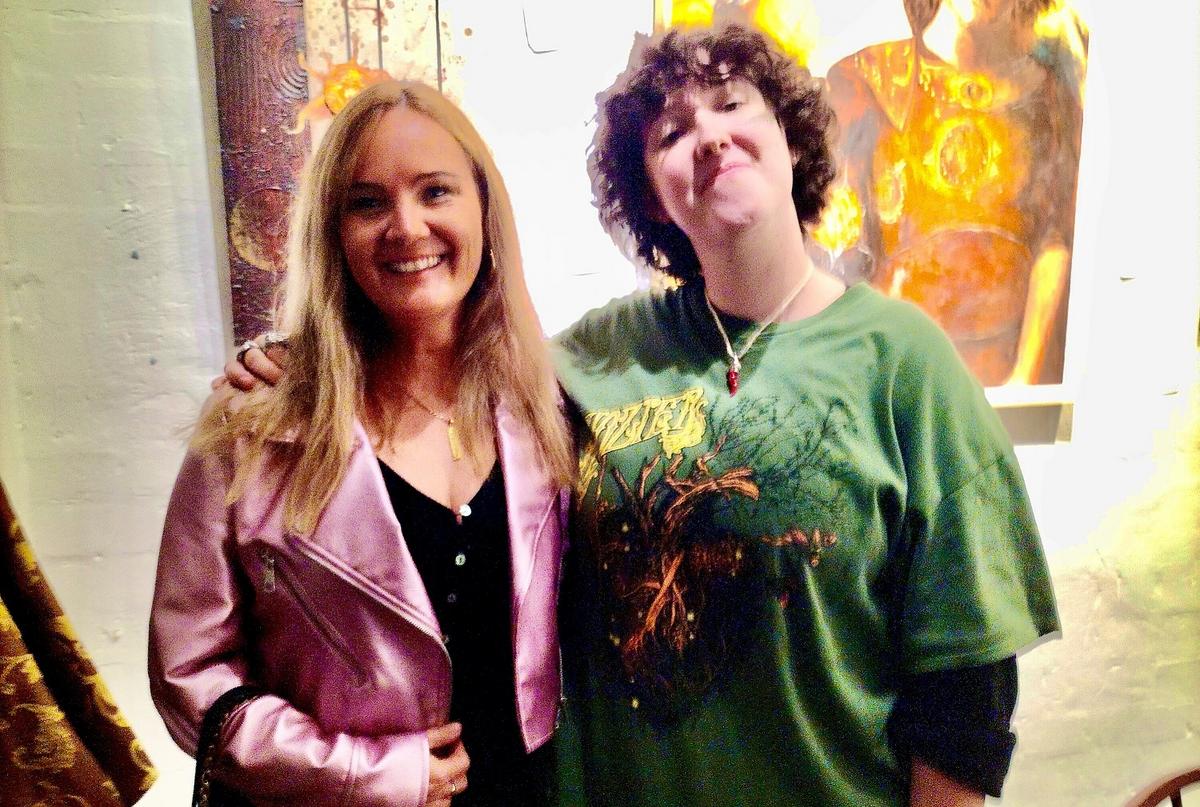
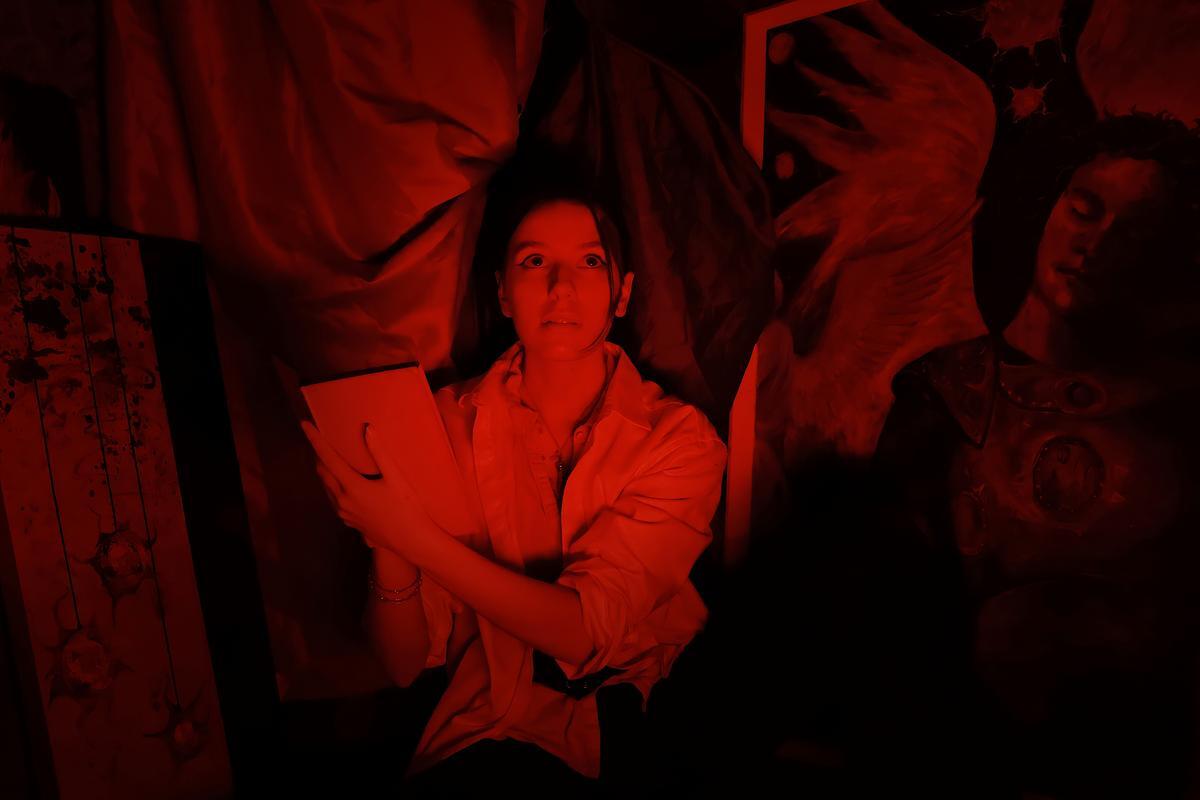
It was commendable acting for all four of the young actors who were thrown into multi-faceted challenging roles. Lisa, played by Piper Graham, acted superbly and I appreciated their clear, easy to listen to, resonating tone. Vinnie (Mackenzie Thomson) played a complex and evasive character and delivered a solid emotive performance. Alex Giles delivered a powerful performance as the character Angelo and showed the skilful ability to portray numerous perspectives of their complicated character. Isla’s character (Allira Carter) provided a delightful contrast of light and hope in a world of melancholy and anguish and Allira Carter executed this splendidly.
The show utilised a pre-recorded soundtrack which was very professional sounding and poignant. It encompassed some distorted renaissance music and also some original music. The impressive music compositions were by Mackenzie Thomson and Zippie Tiffenright. Daniel Smith accompanied the soundtrack performing live percussion which felt deeply impactful and elevated one’s senses.
‘Cosa Vedranno’ centres around a post-apocalyptic renaissance set in Florence, Italy. New faiths and new ways of life have arisen from a broken world which has been forced to reconstruct itself. It is a homage to the great artists of the renaissance and to the importance of bestilling art appreciation into future generations.
The props were minimal yet meaningful. There was an effective use of cloth fabrics throughout the show cleverly symbolising power, control and submission. The face painting of the main characters was another medium for incorporating art into the show.

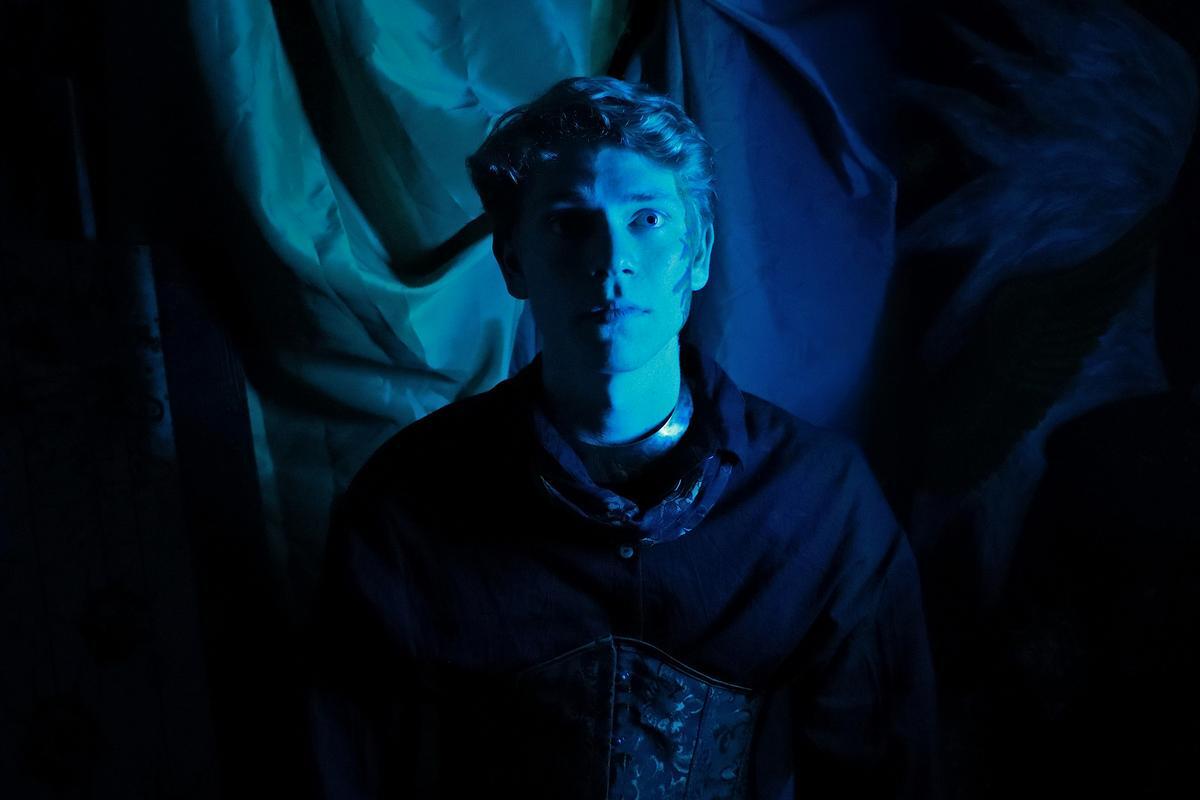
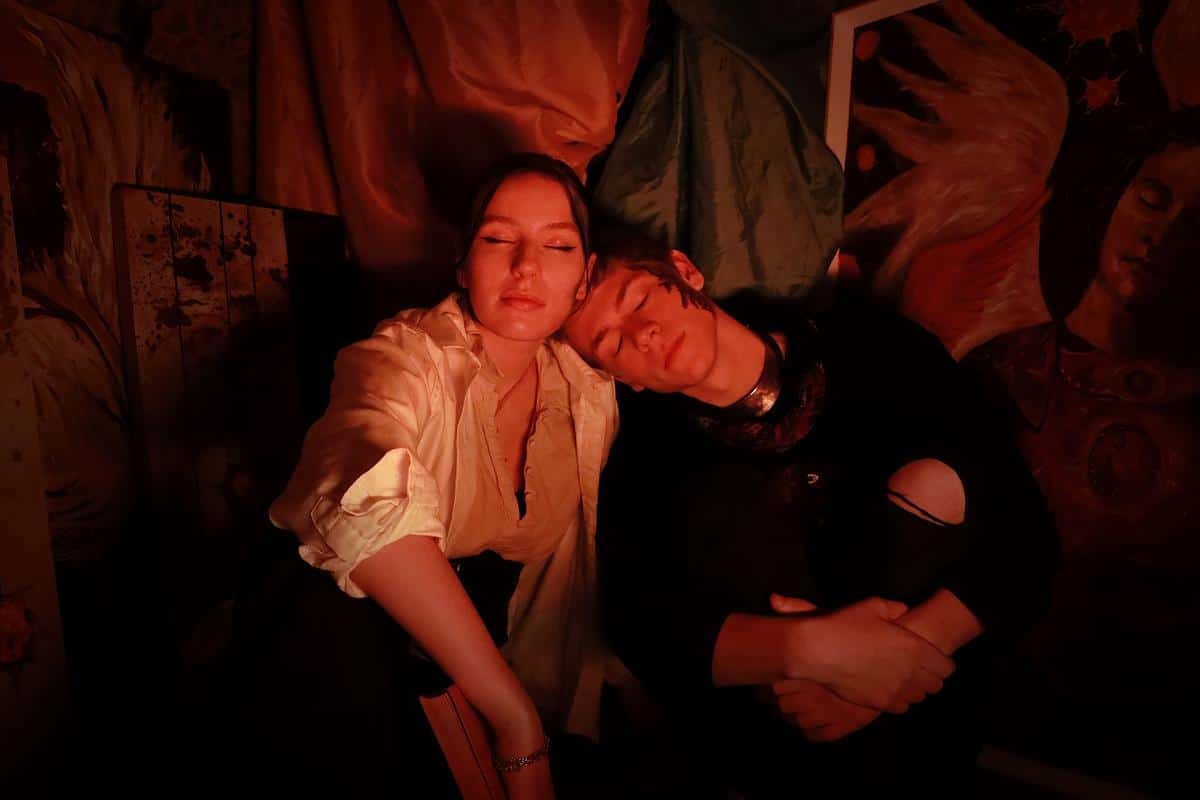
Art was the core and essence of the play and at the Q&A Zippie and the cast discussed the importance of art touching multiple mediums of the performance. Interpretive dance, cloth fabrics, communication, visual arts and music were all effectively utilised to create a holistic artistic performance. The venue itself, an art gallery, was a perfect residence to exhibit this truly artistic production.
‘Cosa Vedranno’ is purposefully ambiguous and interpretive, allowing the individual to relate to the work in an individual and personal way. It is a true reflection of art. I was rendered perplexed, wondering and knee-deep in thoughtful discussions about individual interpretations. Is that not the true essence of art?
To book tickets to Cosa Vedranno: What Will They See?, please visit https://www.trybooking.com/events/landing/1357578.
